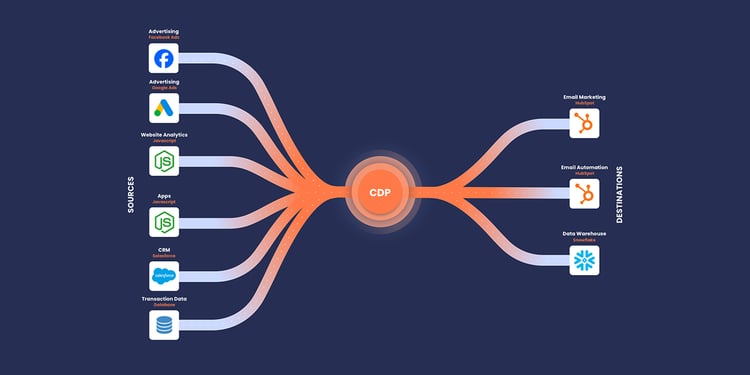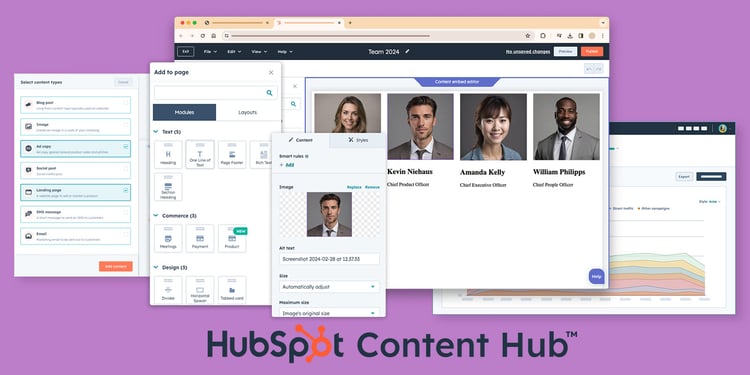HubSpot Marketing Automation: Complete Guide to Capabilities & Benefits
Read more
In my experience as a HubSpot Strategist, having onboarded many businesses to the Marketing Hub, I’ve found that many marketing teams are tied down with manual, repetitive tasks. Rather than strategically scaling their marketing efforts, they are wasting valuable hours on routine tasks such as sending individual emails and updating lead records manually. They end up chasing leads with minimal results. Marketing automation is the key to overcoming these barriers as it empowers businesses to drive personalised engagement at scale. So the marketing team spends less time on mundane tasks and

















